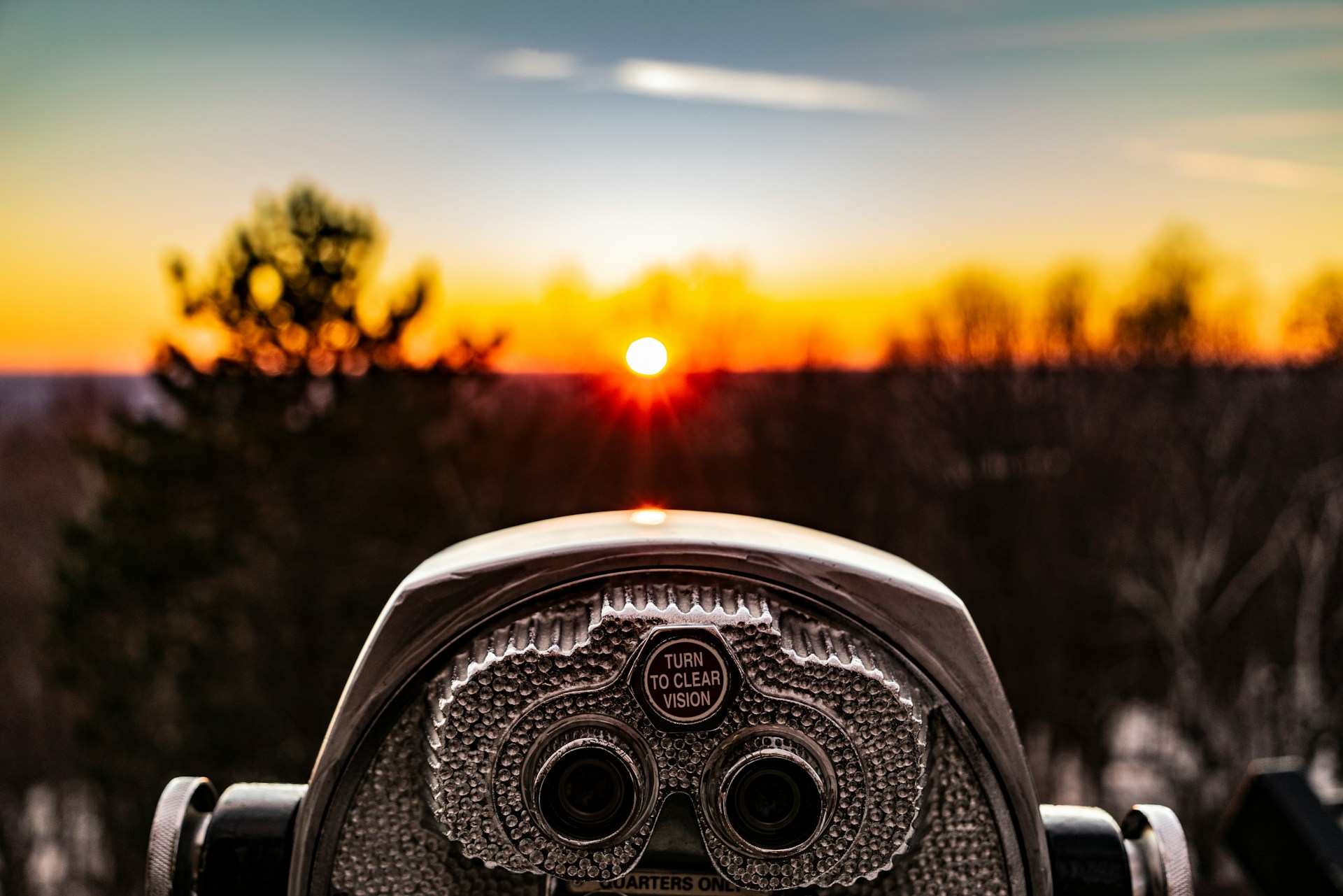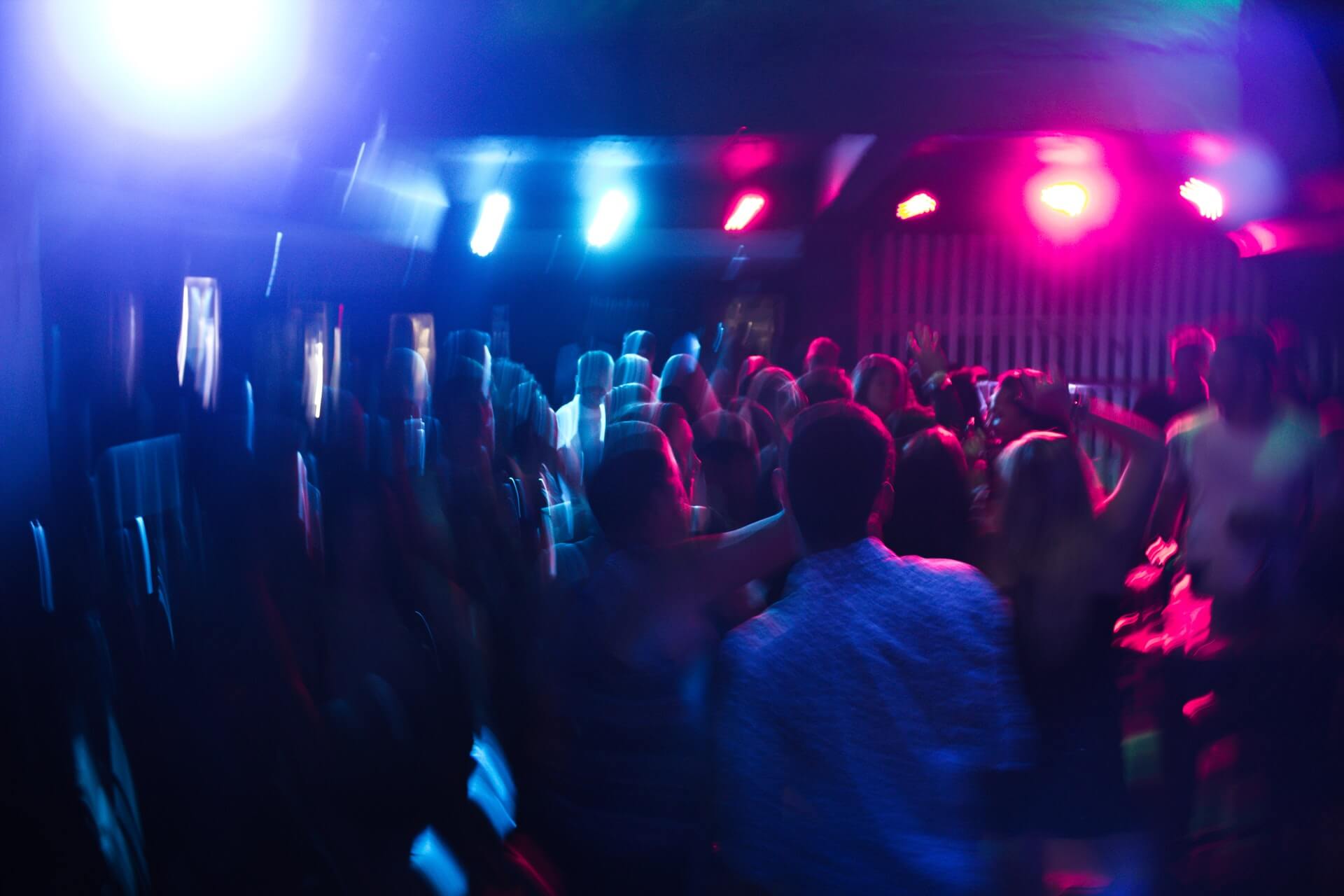Mindfulness Monday: Believe in Your Vision

Belief is a powerful thing, a commanding and inspiring force that draws us to people who believe in their purpose or their dream wholeheartedly.
Right now, you probably have a dream, a vision for your future or your business’ future. You could go after that dream on your own. However, at some point you are going to need someone else to believe in you and your vision.
That belief, that buy in from others, will help you build your team, secure funding, and gain personal support.
If you have a vision that you want others to believe in, whether a vision for the future of your business, yourself, your community, or your family, you need to believe in it first yourself.
Doubt can be sensed. Uncertainty clouds clarity.
Before asking others to believe in and support your vision, stop and ask yourself if you truly believe in it. If not, what is stopping you?
Start there. Tackle your own uncertainties before sharing the vision with those you need to believe in you.
Alignment
So what is blocking you from truly believing in your vision?
Most likely your thoughts, mindset, and actions aren’t aligned with your vision or goals. When this occurs, you wind up sabotaging yourself.
Sometimes, we do this wittingly. However, we most often sabotage ourselves unknowingly.
For example, if you believe you are undeserving, or if your self-worth is low, you can’t believe in your vision 100 percent. Do you have thoughts similar to “I don’t think I’ll be able to pull this off,” or “be realistic, no one will ever support this dream of mine”? If so, your thoughts and mindset are not in alignment with your goals.
It’s possible you have a checklist of actions you need to complete for you to realize your dream. If you haven’t checked anything off in months, if you’re procrastinating rather than taking purposeful action, your actions are not aligned with your vision.
You need to stop standing in your own way. We all need to be mindful and stop sabotaging ourselves.
First Steps
If you have low confidence or sense of self-worth, that’s where to start. Begin by looking at ways to boost your self-image. The more you believe you are worthy, the more you will believe in your vision.
What else can stand in your way of believing in your vision? Lack of knowledge and fear of the unknown.
We see this often through our work at KRG Hospitality. Clients come to us with a vision to open a new restaurant, bar, or hotel. And while the visions are solid, many people lack operational knowledge—and therefore lack confidence in themselves to believe that their concept will be successful.
One proven solution is to complete a detailed feasibility study for our client. Feasibility studies are amazing tools that not only prove your vision and concept, but also build confidence through the power of knowledge.
Knowing exactly why a specific business will work in a certain market (or should be located elsewhere) empowers a client to understand how their concept will perform in the real world. Knowledge is power.
When you remove an obstacle as daunting as the unknown, fear subsides. You are able to focus and develop an unwavering, justified belief, and others will take note.
The Power of Belief
Truly believing in your vision will not only help others believe in it too, but it will create a ripple effect of other positive attributes.
Belief boosts resilience, and increases determination and willpower. You will view setbacks as temporary, and challenges as opportunities to shift your mindset, and grow.
Motivation will increase, and you will become less risk averse. As you step out of your comfort zone to pursue your vision, you will, ultimately, end up inspiring others while inspiring yourself.
It’s true, not everyone will believe in your dreams. You don’t need everyone to believe in them. All you need is a handful of supporters to turn vision into reality.
But to inspire those few, you will first need to inspire yourself.
So, go ahead and choose the dreams worth going after. Dedicate yourself to those dreams—you’ve got this!
Cheers to professional and personal well-being!
Image: Matt Noble on Unsplash



